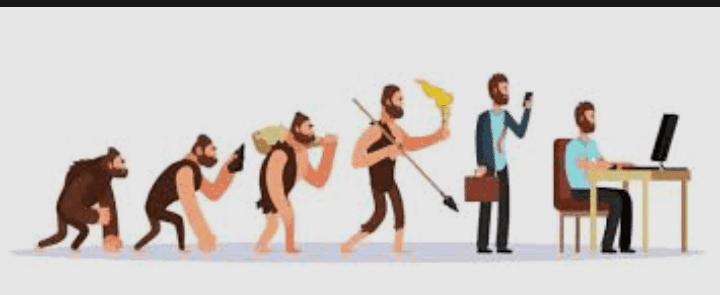Marketing develops as a society as its economic activities develop. Over the years, the economy has transitioned from one based on self-sufficiency to an economy based on the division of labor, urbanization, and demand for marketing skyrocketed.
During the Agrarian economy, the people were largely self-sufficient. They grew and produced their food, their clothes, built their own houses, etc. There was no marketing because there was no exchange.
However, as time went on, the concept of division of labor began to evolve. People began to produce more than they needed. And whenever people make more than they want, trading the excess items comes into play. However, trade is the heart of marketing.
Read Also: Definition and Introduction to Proper Marketing

At first, the exchange process was a simple one. The emphasis was mainly on the production of basic needs. Which usually were in short supply. The attention given to marketing was at the bearest minimum, and exchange was very local.
Then came the era of marketing, when some producers began to manufacture their goods in large quantities in anticipation of future demands. Marketing evolved in the United States as a by-product of the industrial revolution.
Therefore, up to 1910, the American economy was typically low. The economy was due to a shortage of economic resources (goods). The Middlemen were strong. The main problem was that of production and distribution.
Modern marketing came of age after World War I and II when surplus and overproduction became integral to economic activities.
However, in 1929 Manufacturing of produce was below the expected demand. The main concern was to produce enough to meet the need at hand.
Between 1930 and the 1940s (sales era/depression era), there was enough production of consumer goods and services. The major problem at hand was that of marketing distribution. The concern was to design the most effective distribution channels among the various alternatives.
Read Also: Top 5 Best Influencer Marketing Platforms To Boost Your Brand And Increase Sales
Between 1940 and the 1950s (war era), all efforts were towards producing war equipment at the expense of consumer goods. When the war ended, there were shortages of consumer goods.
Production of consumer goods began.
During these periods, various authors came up with different theories. Such as Joe Robinson, who wrote on the monopolistic economy.
He assumed that if a company can produce an item in such a way that the marginal returns will offset its price from the marginal costs, and the markets are segmented equally, then such a company would be able to maximize its profits. Later, people became interested in this theory.
There was another author named Wanded Smith. He wrote an article on why people must segment their markets and differentiate their products.
His argument centered on the fact that various companies use different machines in building war equipment. Besides, consumer purchasing power and tastes are not the same.
During this period, the marketing concept evolved. The marketing concept is a business philosophy that states what the consumers want. Satisfaction is the economic and social justification of the existence of a firm.
It is a managerial philosophy for performing business activities, which sees the entire business activities as a planned unit to produce goods and services to satisfy needs in such a way as to enhance the profit of the firm.
Read Also: 4 P’s Mix Marketing Guide
The 1960s (Marketing Control Era)
During this period the marketing department became well known in the USA. The market department of a firm is too complex to be handled by an individual.
During this era, attention was on markets. Also, consumerism came up due to the failure of the marketing concept.
Consumerism is an organized movement of citizens and government to strengthen the rights and power of buyers concerning sellers. Consumerists seek to increase the amount of consumer information, education, and protection.
1980’s to-Date (Societal Era)
During this period, communication turned the whole world into a global village. The effort was on how to satisfy needs, and consumers became conscious of their rights.
Read Also: Relationship Marketing Process and Approaches to the Study of Marketing
